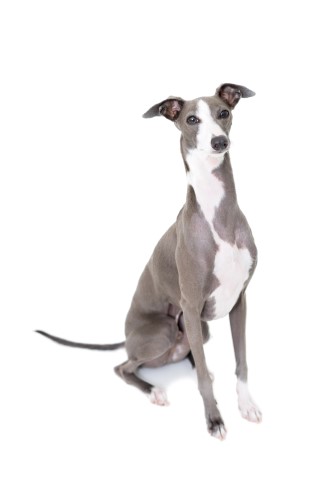Canine Physiotherapy
Physiotherapy for your dogFrom elderly arthritic dogs to high level agility athletes’ physiotherapy can improve function, movement, facilitate the healing process, reduce pain and aid in optimising performance.
Canine Problems often seen;
- Stiffness and pain linked with arthritic conditions
- Changes in behaviour
- Pre and post surgery
- Muscle weakness
- Lameness
- Muscle and ligament injuries
- Performance problems eg knocking poles in agility, tripping, reluctance to turn one
way.
Treatments used include;
- Soft tissue release techniques
- deep tissue massage
- joint mobilisations
- stretching
- exercise programmes (both in session and as a home programme)
- electrotherapy including NMES, LASER, PEME and ultrasound
Unsure if physiotherapy could help your dog? Please contact Naomi with any queries.
What will happen at an assessment?
Prior to assessment it is required by law that the treating Chartered Veterinary Physiotherapist gain consent from the animal’s veterinary surgeon. Members of ACPAT adhere to this requirement to ensure the safety of the animal and for insurance purposes. This will be done by the Physiotherapist and is included as part of the assessment process. This opens a line of communication between Veterinary Surgeon and Physiotherapist which is greatly beneficial for the discussion of findings and possible progression of treatment as a multidisciplinary team.
Initial assessment – This first session includes a full assessment, treatment and prescription of a home exercise programme.
- A detailed history of the animal will be taken including information on the current problem, past medical history, previous treatment and any medication, what the animal’s day to day routine is and any problems they may be experiencing during this, along with any work/competing they are in.
- Conformation and posture will be assessed along with gait analysis including; walk and trot up, small circles and any movements the dog may be struggling with eg- sit to stand, agility tasks.
- A detailed history of the animal will be taken including information on the current problem, past medical history, previous treatment and any medication along with what the animal’s day to day routine is and any work they are in.
- A thorough palpation (hands on feel) of the animals muscles, joints and joint range of movements.
- Treatment and prescription of an exercise programme.


Share
Share this page with your friends!